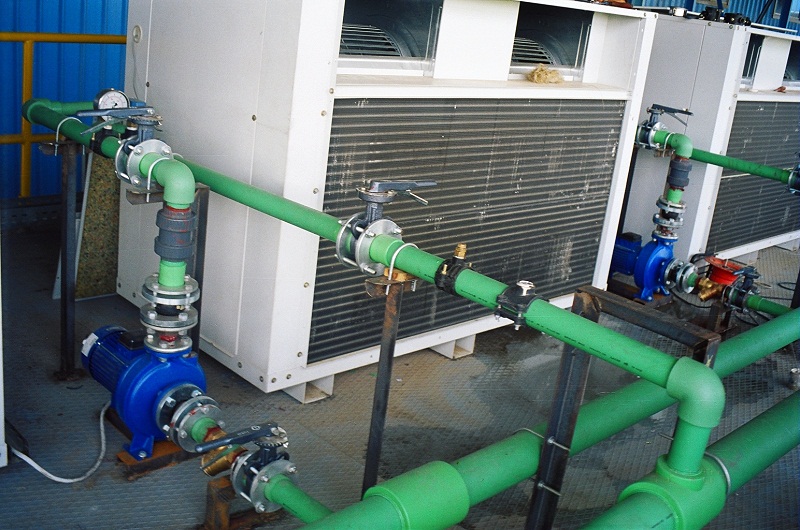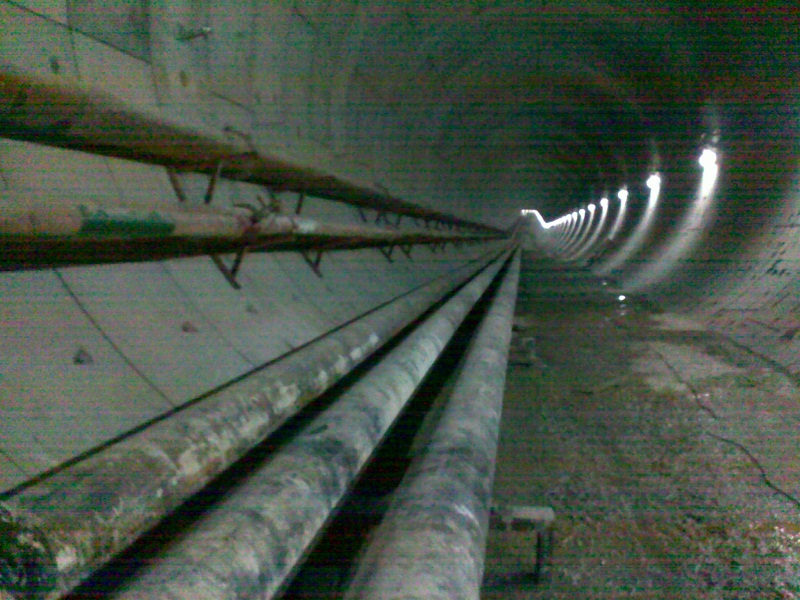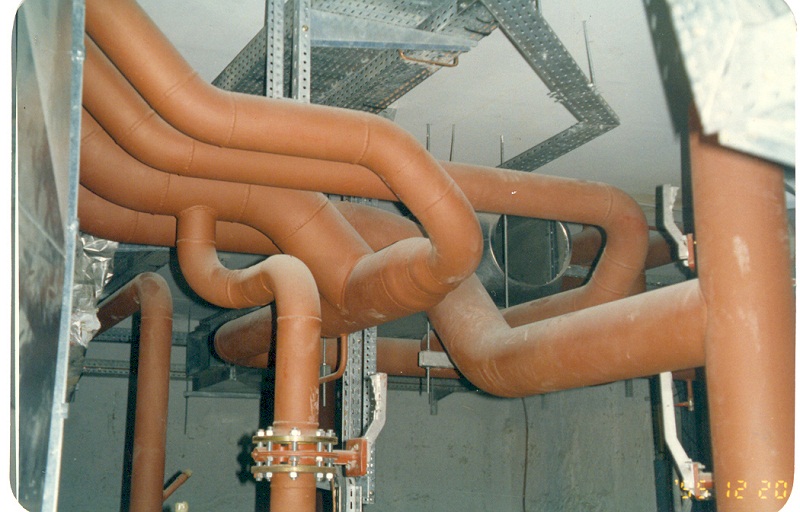

Piping
Within industry, piping is a system of pipes
used to convey fluids (liquids and gases) from
one location to another. The engineering
discipline of piping design studies the
efficient transport of fluid.[1][2]
Industrial process piping (and accompanying
in-line components) can be manufactured from
wood, fiberglass, glass, steel, aluminum,
plastic, copper, and concrete. The in-line
components, known as fittings, valves, and other
devices, typically sense and control the
pressure, flow rate and temperature of the
transmitted fluid, and usually are included in
the field of Piping Design (or Piping
Engineering). Piping systems are documented in
piping and instrumentation diagrams (P&IDs). If
necessary, pipes can be cleaned by the tube
cleaning process.
"Piping" sometimes refers to Piping Design or
the performance of the actual layout of the
physical piping within a process plant or
commercial building. In earlier days, this was
sometimes called Drafting, Technical drawing,
Engineering Drawing, and Design but is commonly
performed by Designers who have learned to used
automated computer aided drawing/computer aided
design (CAD) software.
Plumbing is a piping system that most people are
familiar with, as it constitutes the form of
fluid transportation that is used to provide
potable water and fuels to their homes and
business. Plumbing pipes also remove waste in
the form of sewage, and allow venting of sewage
gases to the outdoors. Fire sprinkler systems
also use piping, and may transport potable or
nonpotable water, or other fire-suppression
fluids.
Piping also has many other industrial
applications, which are crucial for moving raw
and semi-processed fluids for refining into more
useful products. Some of the more exotic
materials of construction are Inconel, Titanium,
chrome-moly and various other steel alloys.


